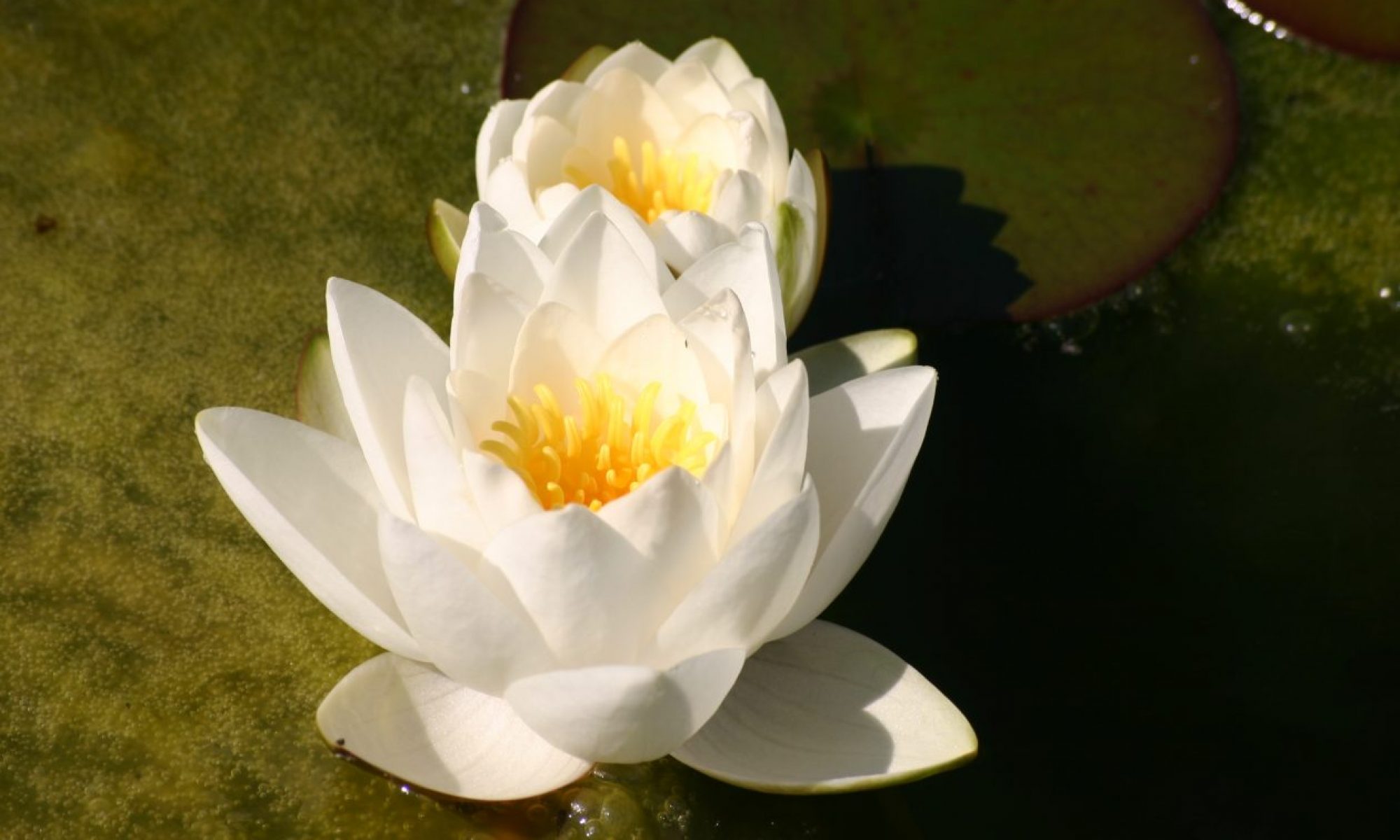Music
Rhythm and pulse act as the heartbeat to a piece of music, so it’s important to learn how to find the beat in the piece you are playing as it is key to making sure you play in time. We used drumsticks to tap out the beat of different pieces of music, then moved onto syllable notes. This is a system where a square; which has 1 syllable acts as a crotchet (a one beat note) and a circle; which has two syllables acts as 2 quavers (2 half beat notes). We used this system to play different ceilidh tunes. It was difficult to get your head around at first, but after the first few tries it became quite easy. We also learned the five notes of the chromatic scale (C-D-E-F-G), which we used to play simple pieces on the xylophones.
The skills developed throughout this input are as follows:
- Listening
- Practical
- Communicating – I was helping the people on either side of me
Next steps from this input are to practice finding the pulse in every piece of music I listen too as this will eventually become rote. Also to look into other ways in which pulse can be taught in schools.
Visual Art
As seen in previous blog inputs, the expressive arts are vital and should be a key area of the curriculum. For this input we were discussing the types of expressive arts we had seen on placement. So far on my placement I have only witnessed inputs from visual arts and music. For art, the teacher leads the lesson and for music a specialist comes in to sing with the children. After listening to everyone else it seems that there are varying degrees of interaction with the arts. Some people have seen lots of all the arts, some people have seen lots of some of the arts and others have very little to no interaction with the arts. We also had a discussion about winter art and how it is not the same as Christmas art. We were given the example of how schools in Lapland use the ice and snow in winter to create art.
The skills developed throughout this input are as follows:
- Listening
- Talking
Next steps from this input are to research the way in which other countries teach the arts and how we can adopt some of these methods into Scottish schools.
The Link
The link between these two inputs is that they let us see the absence of the ‘real’ arts in our our placement schools. The majority of the class’ placement schools have only shown participation in the more simple aspects of the arts; for example, drawing, painting and singing. It also showed us that some schools think that the arts are very difficult to undertake, but using activities such as this weeks music input, show that the arts can be reasonably simple to do.
Teaching Music
Teaching children how to keep the beat and tap out the beat can be quite difficult. This is because you would have to source all your own resources and sheet music and that can be quite difficult to do if you don’t know where to look. For the activities we did, there was a PowerPoint that had been prepared by another music specialist that we were using. This PowerPoint is set up in sections so that it will last a full term. It also has progression stages in it so once you’ve used the ‘basic’ section, you can move on to more challenging work. This PowerPoint would be great to use in the classroom as t has everything organised and planned out for you. The only thing that you need to get would be drum sticks so the children, and these are usually pretty cheap.
Barriers to teaching music in this format would be accessibility to the PowerPoint used. Not all schools have this resource but if teachers who do have it could share then that would mean that everyone can benefit. Another barrier would be resources or lack of funds t buy the resources for the activity. Drum sticks are usually quite cheap so if you had 30 children in your class it wouldn’t be that expensive to provide them with drumsticks. It also means that once they re bought, the whole school can use them too.
Teaching Visual Art
From discussing winter art and the content of art we have seen on placement so far, there were a few ideas that were discussed that I thought were fantastic and would definitely use in a classroom. For full descriptions, go to week 10 narrative.
- Drawing your feelings
- Scratch Art
- The Seasons
- Northern Lights
- Diwali
Templates in the eyes of the teacher, are great. It means that the desired result is achieved by the children and that there’s no room for things to go wrong. But, in terms of the children’s creativity, using templates means that their creativity is stifled. Templates give the children a ‘box’ in which to create rather than giving them an idea of what you want to be done and letting them do it. Letting them express themselves and create something how they see it, from their own perspective. Thus, templates are killers of creativity and don’t give children the opportunity to express themselves. Creativity is imperative as it distinguishes humans from other animals and leads to a fuller and more satisfying life (Csikszentmihalyi, 1996).
Issues
A big issue with teaching the arts is the schools opinions. Because of increasing pressures on raising attainment in maths and literacy, a lot of schools have given up on teaching the arts entirely. Most of them still seem to care deeply about keeping the image of a ‘arty’ school intact, but they do not put funding into resources and teacher training (Penny et al., 2002). This means that the children are missing out on developing arts based skills and on the joy and wonder that the arts bring.
References
Csikszentmihalyi, M. (1996) Creativity Flow and the Psychology of Discovery and Invention. [Module Resource] Available: http://moodle.uws.ac.uk/pluginfile.php/109329/mod_resource/content/1/creativity-by-mihaly-csikszentmihalyi.pdf [Accessed: 16 December 2017].
Penny, S., Ford, R., Price, L. and Young, S. (2002) Teaching Arts in Primary Schools. Exeter: Learning Matters Ltd.


